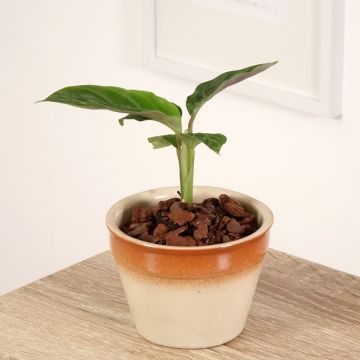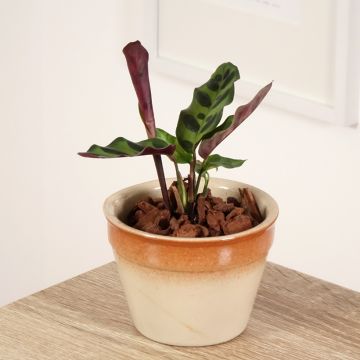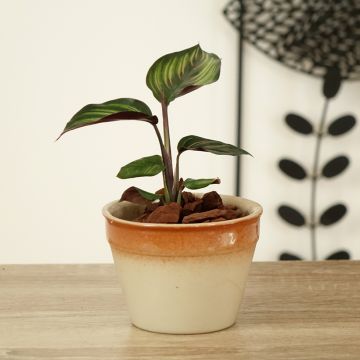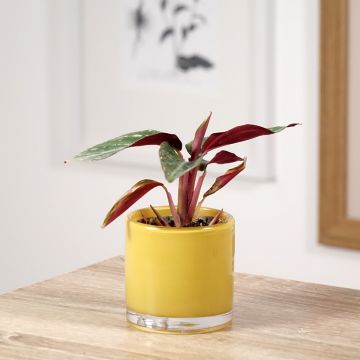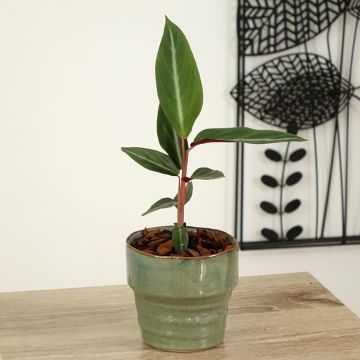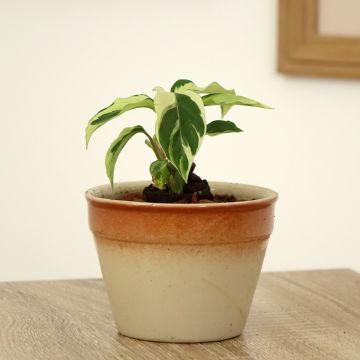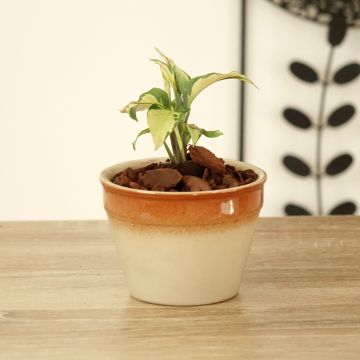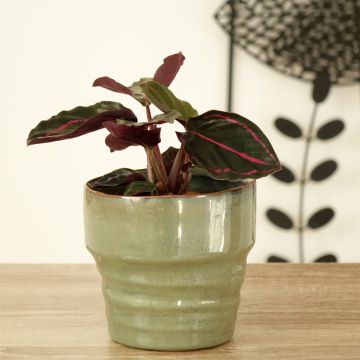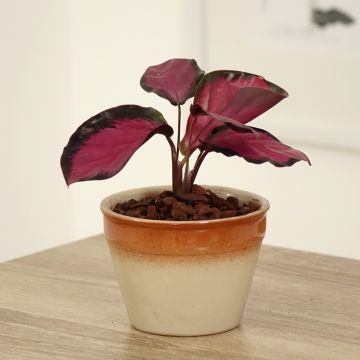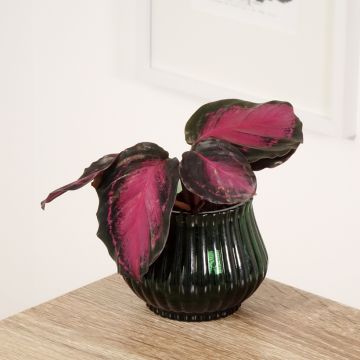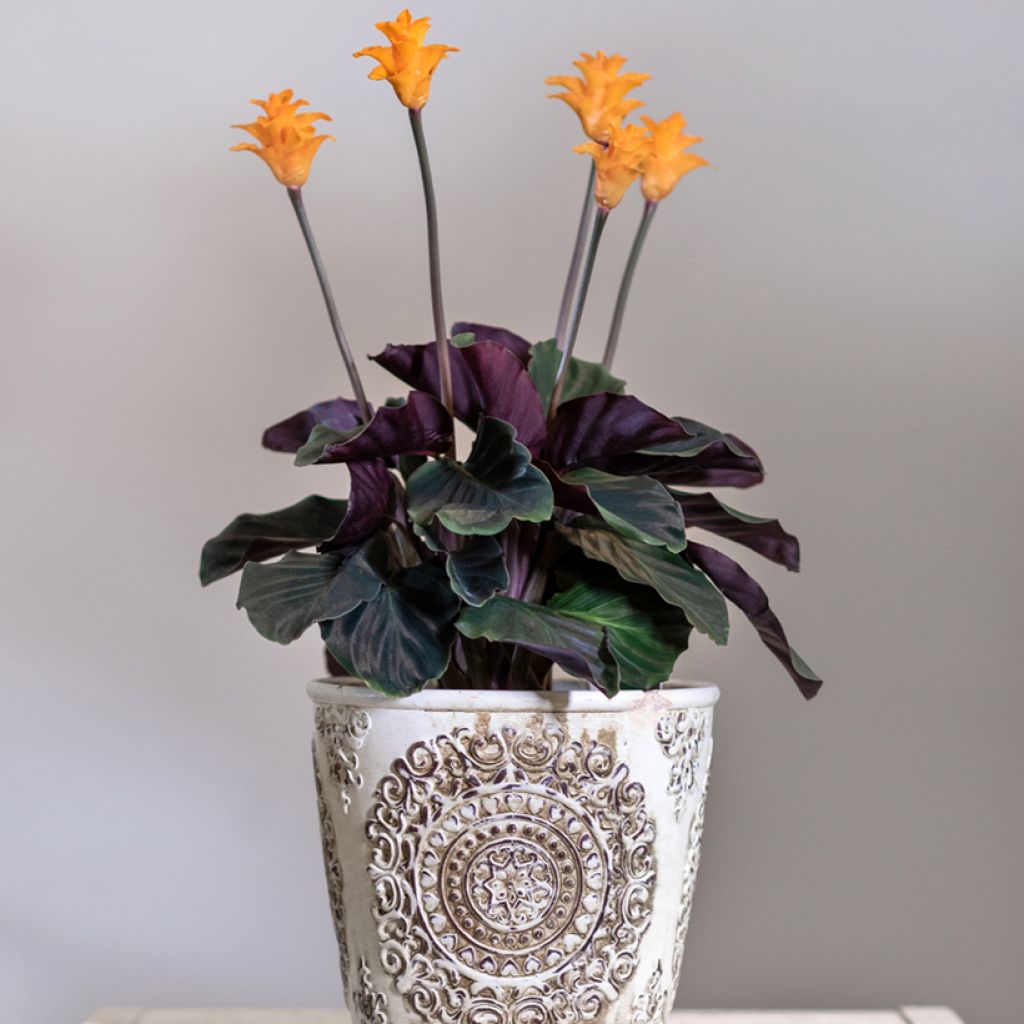

Calathea crocata
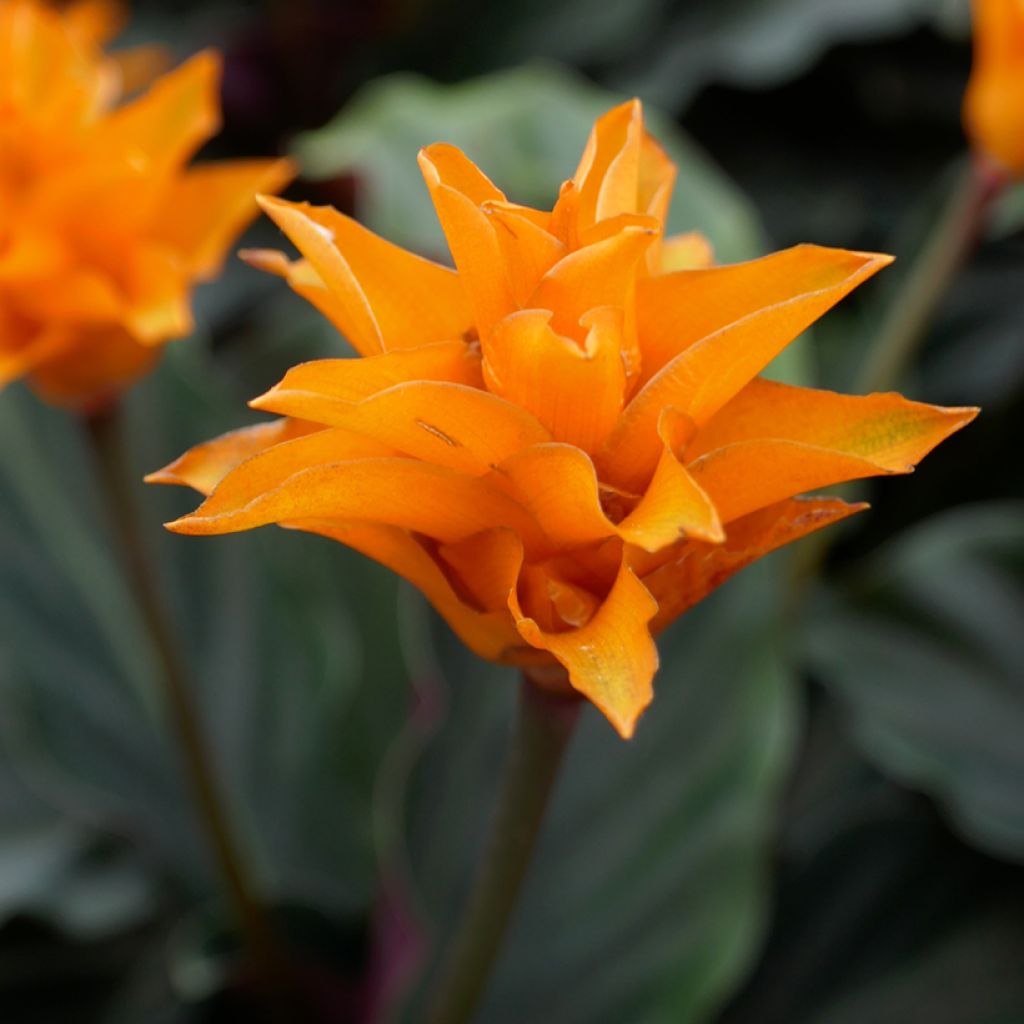

Calathea crocata
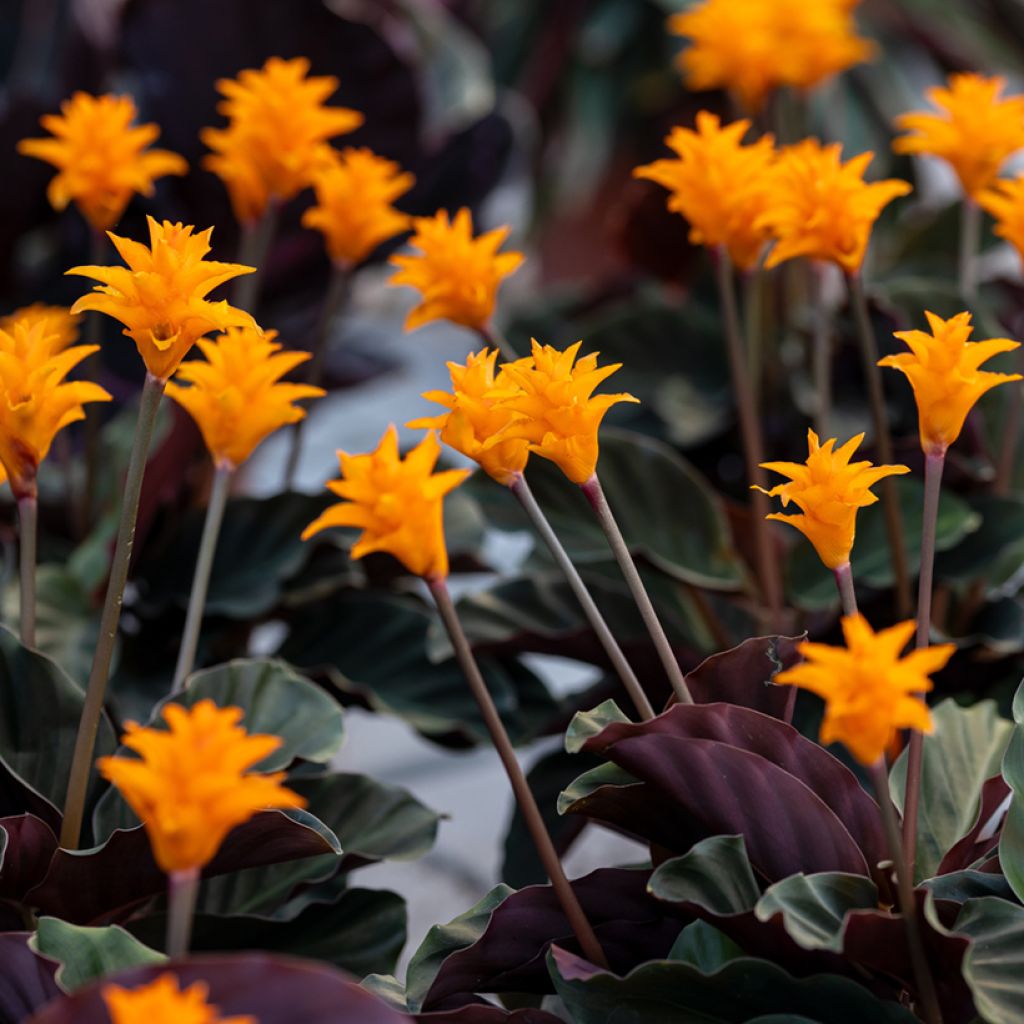

Calathea crocata
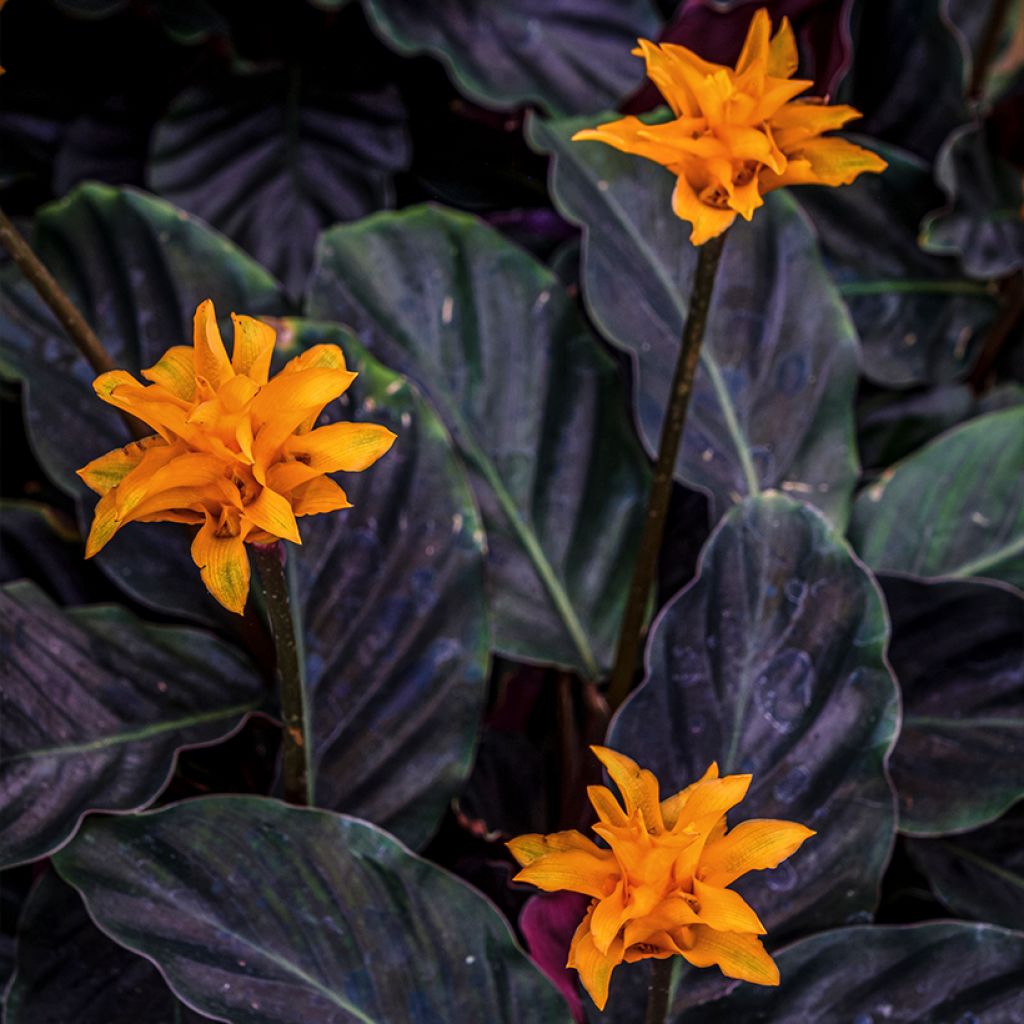

Calathea crocata
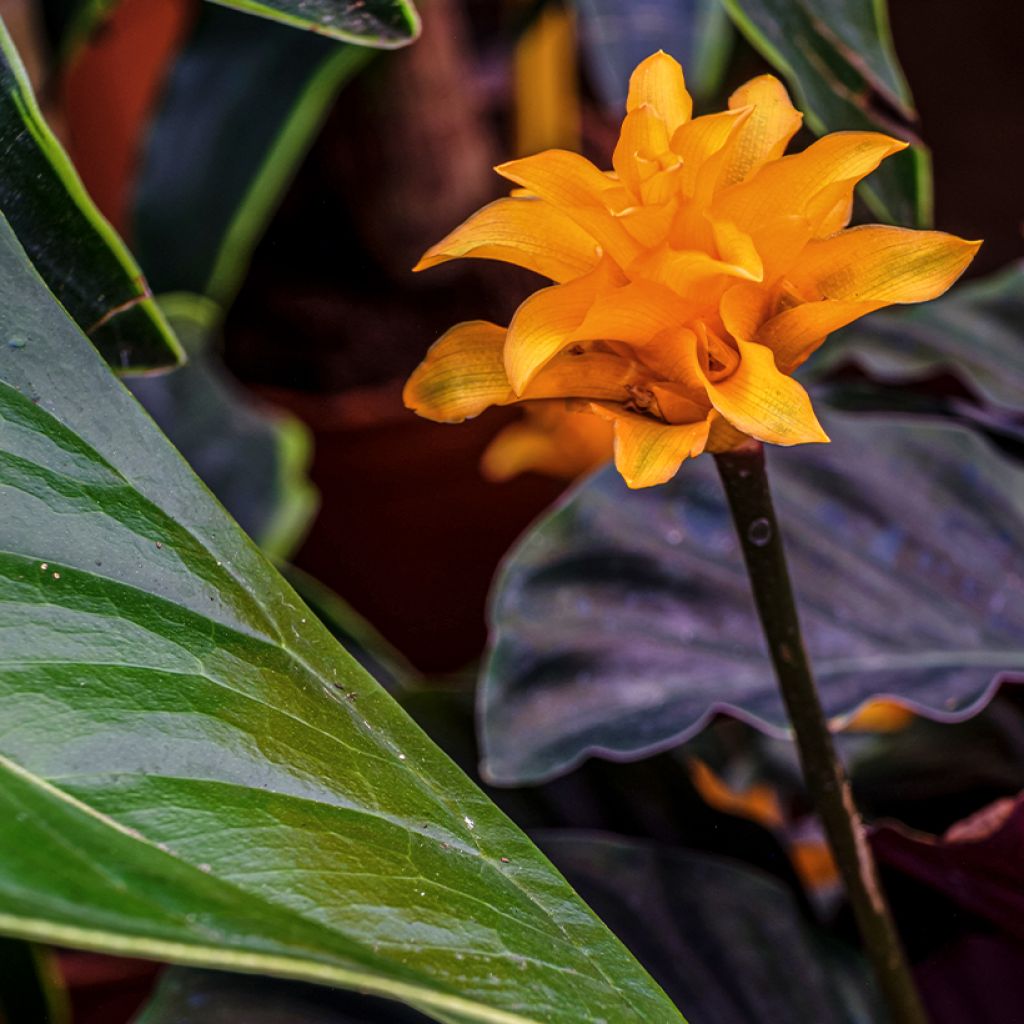

Calathea crocata
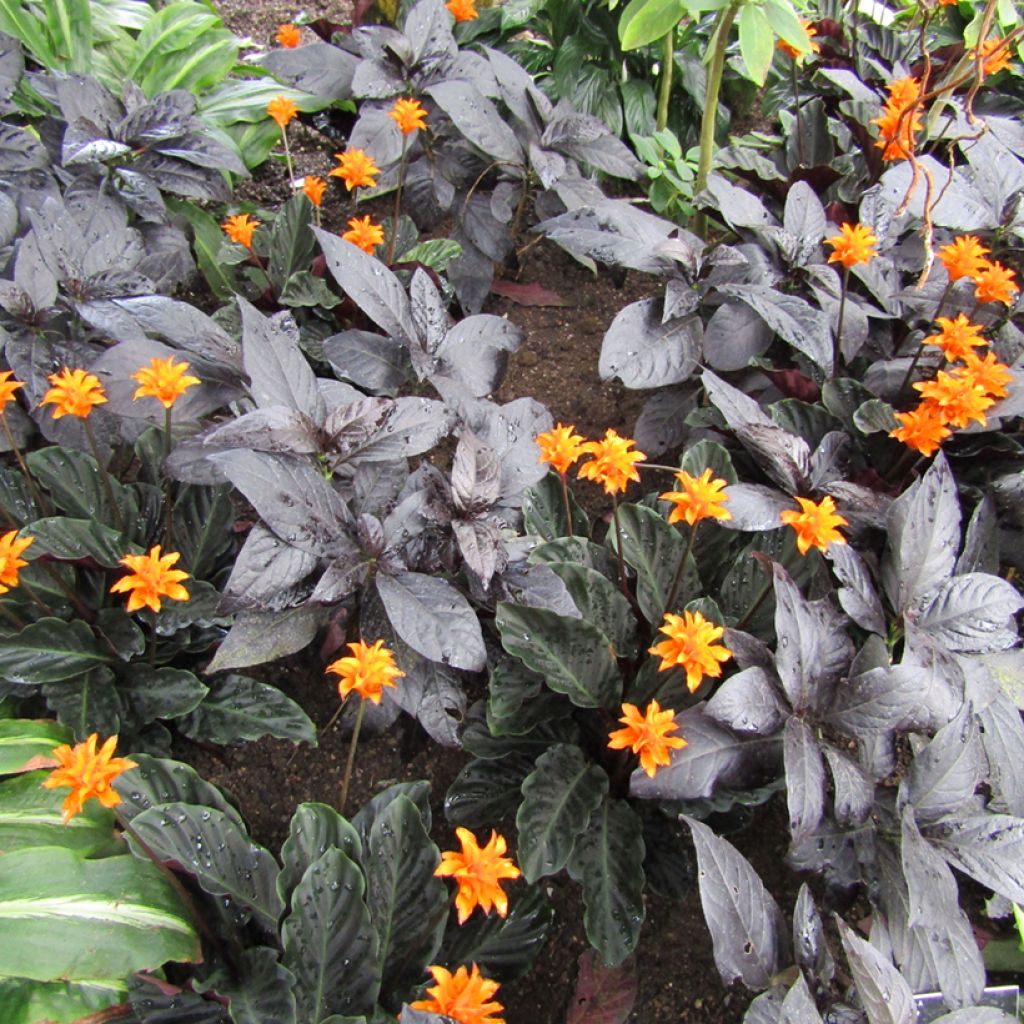

Calathea crocata
Calathea crocata
Calathea crocata
Special offer!
Receive a €20 voucher for any order over €90 (excluding delivery costs, credit notes, and plastic-free options)!
1- Add your favorite plants to your cart.
2- Once you have reached €90, confirm your order (you can even choose the delivery date!).
3- As soon as your order is shipped, you will receive an email containing your voucher code, valid for 3 months (90 days).
Your voucher is unique and can only be used once, for any order with a minimum value of €20, excluding delivery costs.
Can be combined with other current offers, non-divisible and non-refundable.
Why not try an alternative variety in stock?
View all →This plant carries a 30 days recovery warranty
More information
We guarantee the quality of our plants for a full growing cycle, and will replace at our expense any plant that fails to recover under normal climatic and planting conditions.
Description
The Calathea crocata also known as the Saffron-coloured Calathea is a remarkable houseplant. Its refined, dark green, almost 'metallic' foliage and vibrant orange flowers make it a must-have for creating a tropical and elegant atmosphere. Perfect for modern or bohemian interiors, it thrives in bright spots but away from direct sunlight.
Belonging to the Marantaceae family, the Calathea crocata has now been reclassified as Goeppertia crocata. This is a beautiful rhizomatous perennial with an upright habit. At maturity, it reaches a height of 50 to 60 cm with a spread of 30 to 40 cm. Its stunning foliage consists of broad, ovate leaves with slightly undulate edges. Borne on sturdy petiolate stems, the leaves feature a dark green, satin-like upper surface while the underside reveals purple to violet hues. Typical of Marantaceae, this contrast gives the plant a striking graphic appeal. The flowering is another highlight of the Calathea crocata. At the top of slender yet sturdy stems, small spiky inflorescences emerge in the form of bright orange, leathery bracts that resemble dancing flames. Discreetly nestled within these bracts, the true flowers are pale yellow. This flowering which typically occurs in spring and summer can last several weeks if the plant is kept in ideal conditions. Native to the humid tropical forests of Brazil, the Saffron-coloured Calathea thrives in humid environments under bright shade. Indoors, it requires indirect light, high humidity, and temperatures between 18 and 24°C. Additionally, like other Calatheas, its leaves fold up at night, a phenomenon known as nyctinasty. To date, no toxicity has been reported for this species.
The Calathea crocata fits perfectly into contemporary, bohemian, or exotic styles; it adds lushness and warmth to any bright room. In a conservatory or living room, this plant stands out when placed in a terracotta or gold metal planter. For a vibrant 'colour pop' look, pair your Calathea crocata with a Chlorophytum 'Fire Flash', Tradescantia 'Nanouk', and Stromanthe 'Triostar'. All of them appreciate soft light, good humidity, and together, they will transform your interior into a graphic and energising jungle.
Report an error about the product description
Calathea crocata in pictures
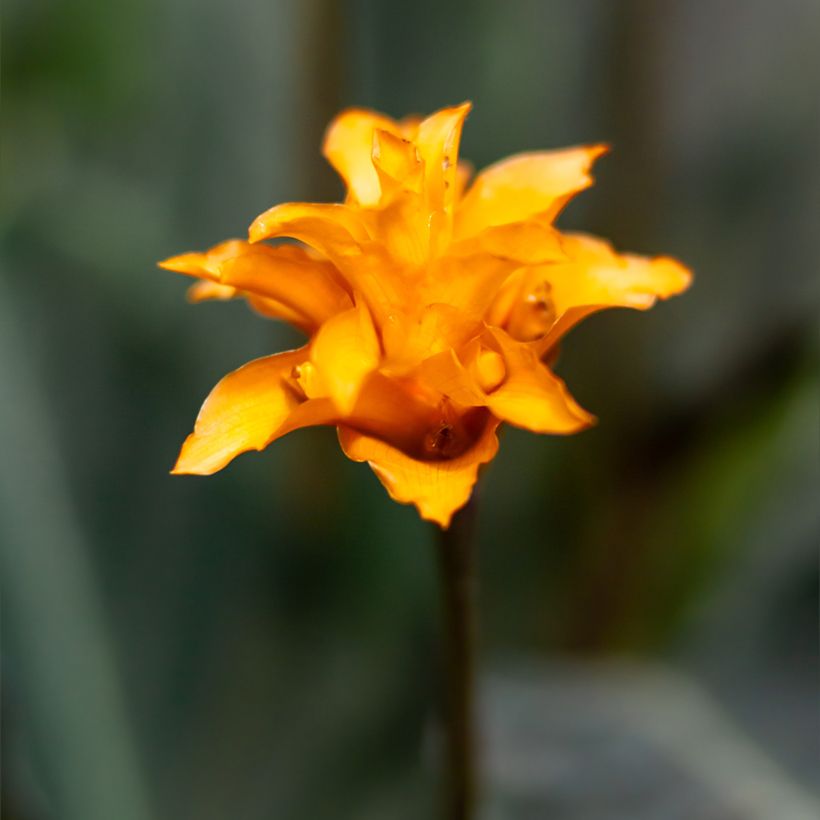

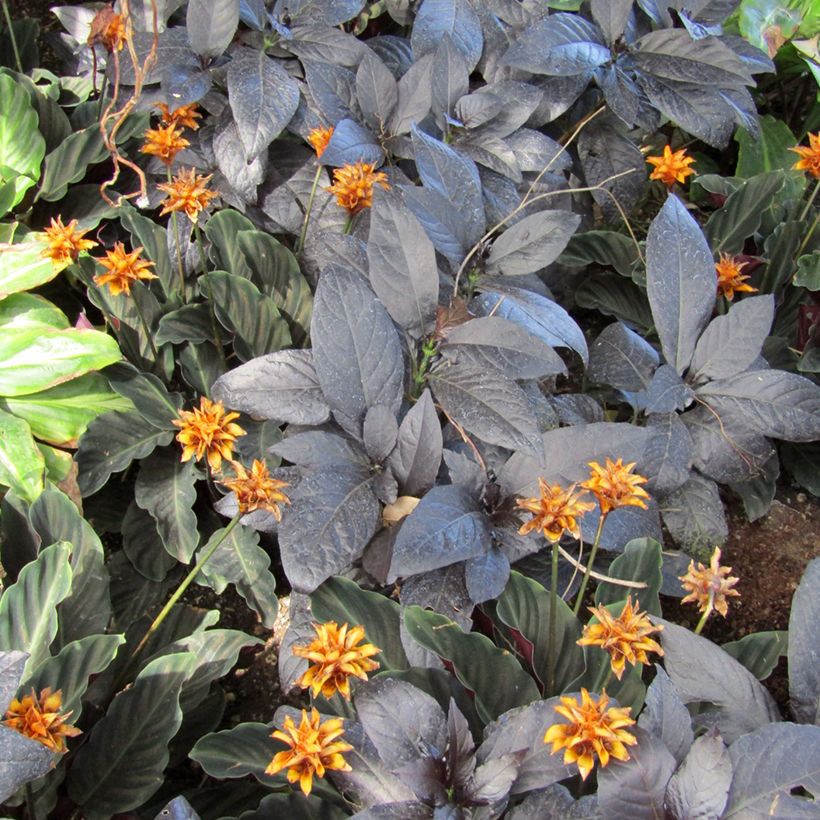

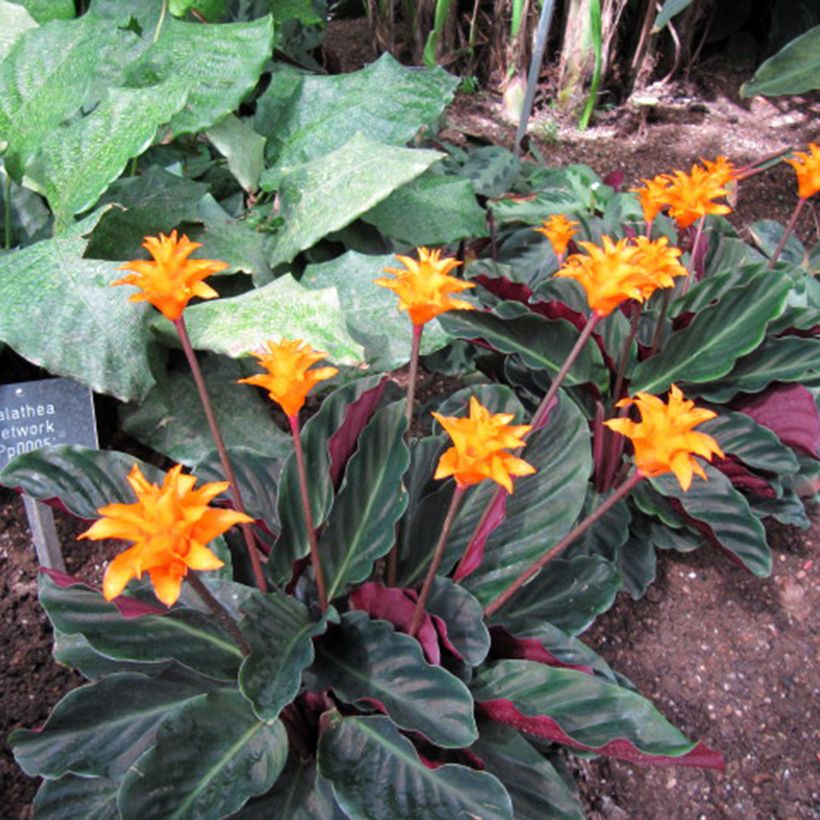

Foliage
Plant habit
Flowering
Botanical data
Calathea
crocata
Marantaceae
Cultivar or hybrid
Other Calathea
View all →Location
Location
Maintenance and care
Watering tips
Potting advice, substrates and fertilisers
Houseplant care
Disease and pest advice
Maintenance and care
This item has not been reviewed yet - be the first to leave a review about it.
Haven't found what you were looking for?
Hardiness is the lowest winter temperature a plant can endure without suffering serious damage or even dying. However, hardiness is affected by location (a sheltered area, such as a patio), protection (winter cover) and soil type (hardiness is improved by well-drained soil).

Photo Sharing Terms & Conditions
In order to encourage gardeners to interact and share their experiences, Promesse de fleurs offers various media enabling content to be uploaded onto its Site - in particular via the ‘Photo sharing’ module.
The User agrees to refrain from:
- Posting any content that is illegal, prejudicial, insulting, racist, inciteful to hatred, revisionist, contrary to public decency, that infringes on privacy or on the privacy rights of third parties, in particular the publicity rights of persons and goods, intellectual property rights, or the right to privacy.
- Submitting content on behalf of a third party;
- Impersonate the identity of a third party and/or publish any personal information about a third party;
In general, the User undertakes to refrain from any unethical behaviour.
All Content (in particular text, comments, files, images, photos, videos, creative works, etc.), which may be subject to property or intellectual property rights, image or other private rights, shall remain the property of the User, subject to the limited rights granted by the terms of the licence granted by Promesse de fleurs as stated below. Users are at liberty to publish or not to publish such Content on the Site, notably via the ‘Photo Sharing’ facility, and accept that this Content shall be made public and freely accessible, notably on the Internet.
Users further acknowledge, undertake to have ,and guarantee that they hold all necessary rights and permissions to publish such material on the Site, in particular with regard to the legislation in force pertaining to any privacy, property, intellectual property, image, or contractual rights, or rights of any other nature. By publishing such Content on the Site, Users acknowledge accepting full liability as publishers of the Content within the meaning of the law, and grant Promesse de fleurs, free of charge, an inclusive, worldwide licence for the said Content for the entire duration of its publication, including all reproduction, representation, up/downloading, displaying, performing, transmission, and storage rights.
Users also grant permission for their name to be linked to the Content and accept that this link may not always be made available.
By engaging in posting material, Users consent to their Content becoming automatically accessible on the Internet, in particular on other sites and/or blogs and/or web pages of the Promesse de fleurs site, including in particular social pages and the Promesse de fleurs catalogue.
Users may secure the removal of entrusted content free of charge by issuing a simple request via our contact form.
The flowering period indicated on our website applies to countries and regions located in USDA zone 8 (France, the United Kingdom, Ireland, the Netherlands, etc.)
It will vary according to where you live:
- In zones 9 to 10 (Italy, Spain, Greece, etc.), flowering will occur about 2 to 4 weeks earlier.
- In zones 6 to 7 (Germany, Poland, Slovenia, and lower mountainous regions), flowering will be delayed by 2 to 3 weeks.
- In zone 5 (Central Europe, Scandinavia), blooming will be delayed by 3 to 5 weeks.
In temperate climates, pruning of spring-flowering shrubs (forsythia, spireas, etc.) should be done just after flowering.
Pruning of summer-flowering shrubs (Indian Lilac, Perovskia, etc.) can be done in winter or spring.
In cold regions as well as with frost-sensitive plants, avoid pruning too early when severe frosts may still occur.
The planting period indicated on our website applies to countries and regions located in USDA zone 8 (France, United Kingdom, Ireland, Netherlands).
It will vary according to where you live:
- In Mediterranean zones (Marseille, Madrid, Milan, etc.), autumn and winter are the best planting periods.
- In continental zones (Strasbourg, Munich, Vienna, etc.), delay planting by 2 to 3 weeks in spring and bring it forward by 2 to 4 weeks in autumn.
- In mountainous regions (the Alps, Pyrenees, Carpathians, etc.), it is best to plant in late spring (May-June) or late summer (August-September).
The harvesting period indicated on our website applies to countries and regions in USDA zone 8 (France, England, Ireland, the Netherlands).
In colder areas (Scandinavia, Poland, Austria...) fruit and vegetable harvests are likely to be delayed by 3-4 weeks.
In warmer areas (Italy, Spain, Greece, etc.), harvesting will probably take place earlier, depending on weather conditions.
The sowing periods indicated on our website apply to countries and regions within USDA Zone 8 (France, UK, Ireland, Netherlands).
In colder areas (Scandinavia, Poland, Austria...), delay any outdoor sowing by 3-4 weeks, or sow under glass.
In warmer climes (Italy, Spain, Greece, etc.), bring outdoor sowing forward by a few weeks.






























